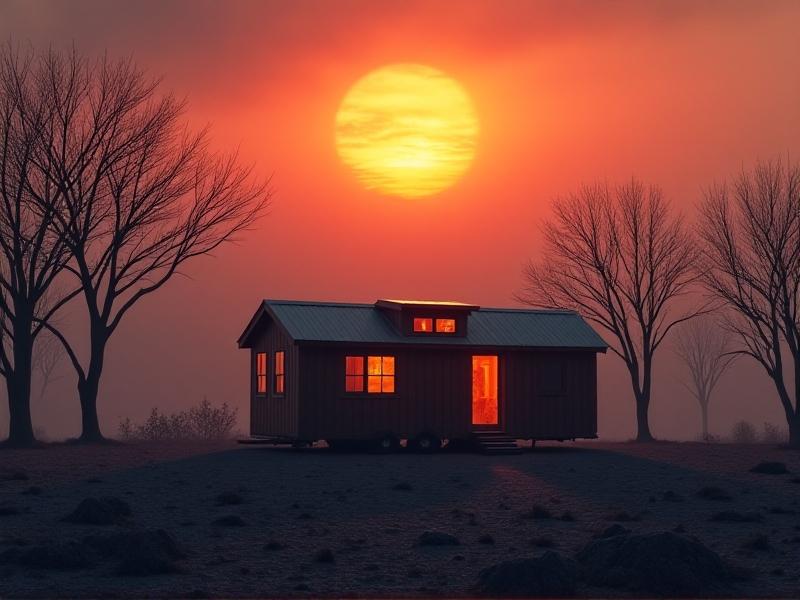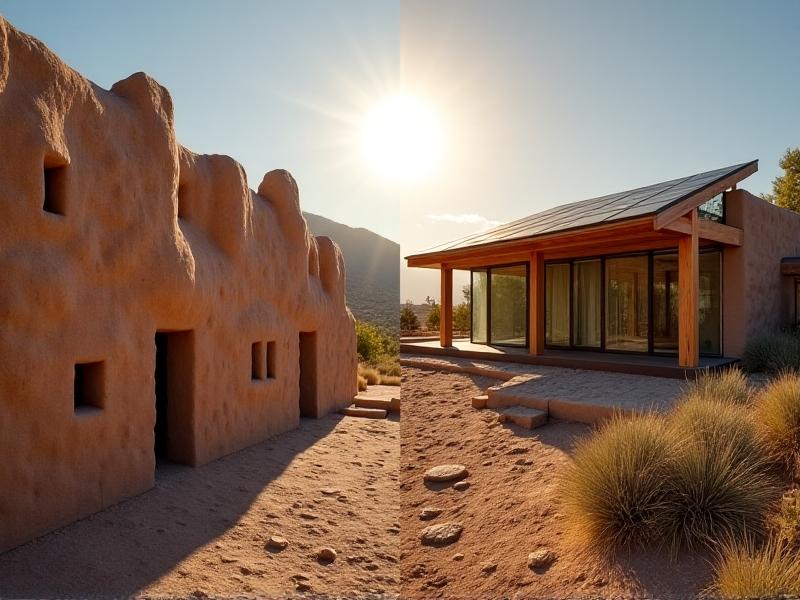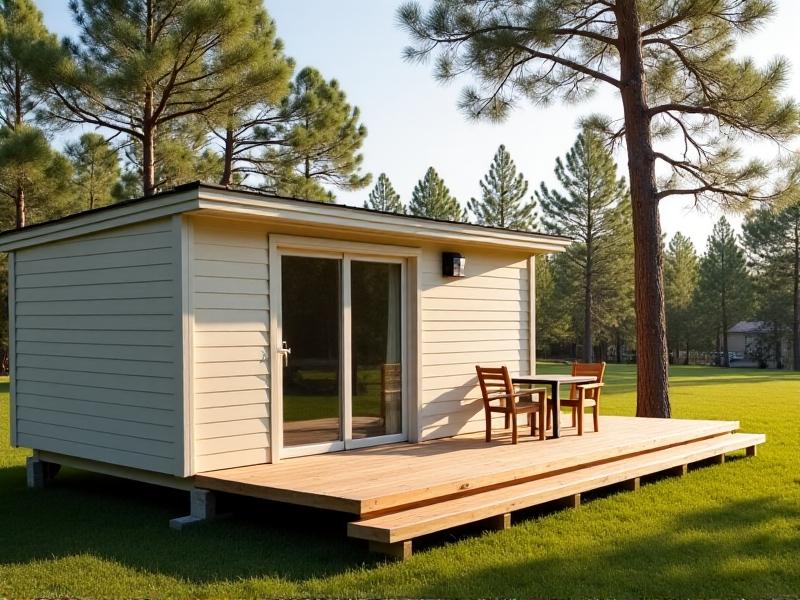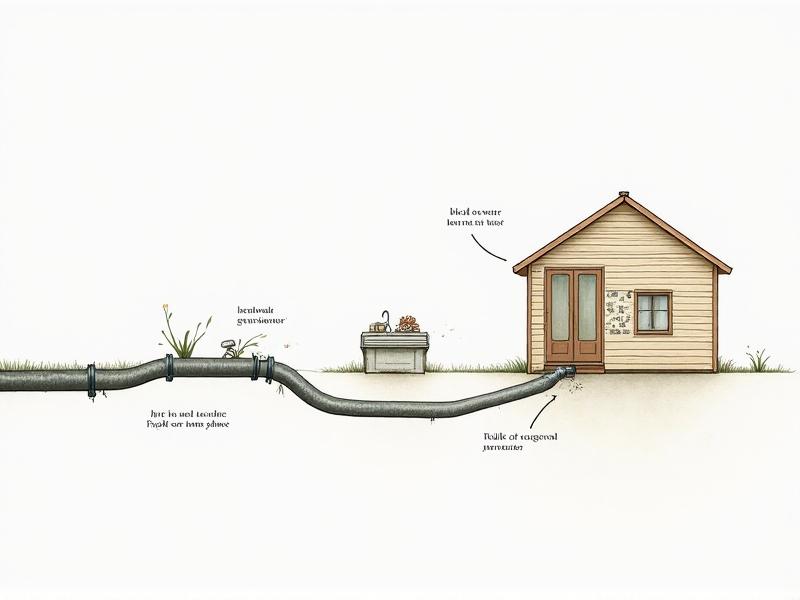DIY Solar Water Heater Configurations
Why DIY Solar Water Heaters Are Worth Considering
Harnessing solar energy for water heating isn’t just eco-friendly—it’s cost-effective and empowers homeowners to take control of their energy needs. DIY solar water heaters can reduce utility bills by up to 70%, making them an appealing project for sustainability enthusiasts and practical savers alike. Unlike commercial systems, a DIY approach allows customization to fit specific household needs, climate conditions, and budget constraints. Imagine turning unused rooftop space or a backyard into a personalized energy hub. With basic materials like copper tubing, insulation, and glass panels, you can create a system that converts sunlight into hot water efficiently. While the initial effort may seem daunting, the long-term benefits—both financial and environmental—make this a rewarding venture.

The Basics of Solar Water Heating Mechanics
At its core, a solar water heater uses sunlight to warm a heat-transfer fluid—usually water or antifreeze—circulating through a collector. The collector, often mounted on a roof, absorbs solar radiation and transfers the heat to the fluid. This heated fluid then flows into a storage tank, where it either directly supplies hot water or exchanges heat with potable water via a heat exchanger. Two primary designs dominate DIY projects: passive systems, which rely on natural convection, and active systems, which use pumps for fluid circulation. Passive systems are simpler and cheaper but less efficient, while active setups offer greater control and performance in variable climates. Understanding these mechanics helps in selecting the right configuration for your needs.
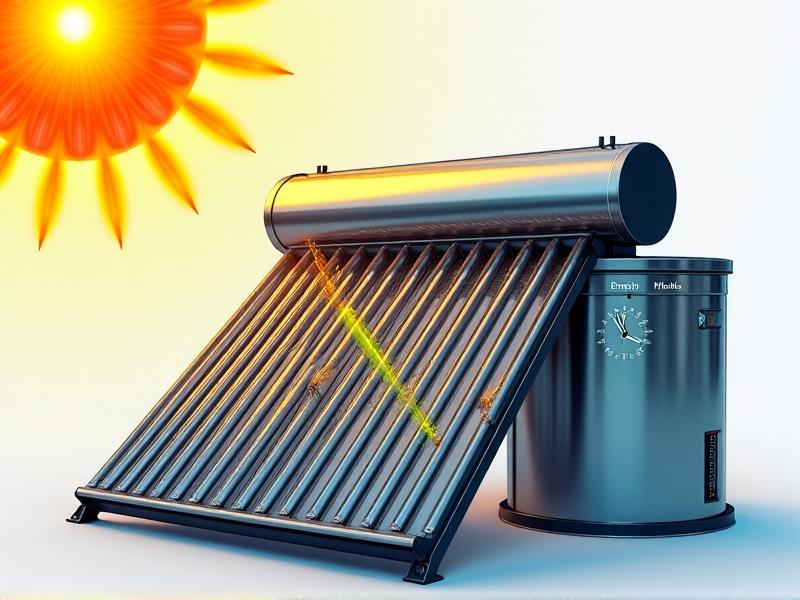
Key Components for a DIY System
A functional solar water heater requires several essential parts: a solar collector, storage tank, piping, insulation, and a heat exchanger (for indirect systems). Collectors can be as simple as black-painted metal panels with copper tubing or more advanced evacuated tube designs. Storage tanks must be well-insulated to retain heat overnight. Piping materials like PEX or copper ensure durability and efficient heat transfer. Insulation around pipes and tanks minimizes thermal loss, especially in colder climates. For those in freezing regions, a heat exchanger and antifreeze fluid prevent system damage. Sourcing these components affordably—often from hardware stores or repurposed materials—is key to keeping costs low.
Passive vs. Active Solar Water Heater Configurations
Passive systems, such as thermosiphon or batch heaters, use gravity and natural heat movement. A thermosiphon system places the storage tank above the collector, allowing warm water to rise into the tank without pumps. Batch heaters integrate the collector and tank into a single unit, ideal for mild climates. Active systems, conversely, employ pumps and controllers to circulate fluid, enabling use in colder regions and offering higher efficiency. While passive setups are easier to build, active configurations provide flexibility, such as freeze protection and precise temperature control. Your choice depends on climate, budget, and willingness to maintain mechanical components.
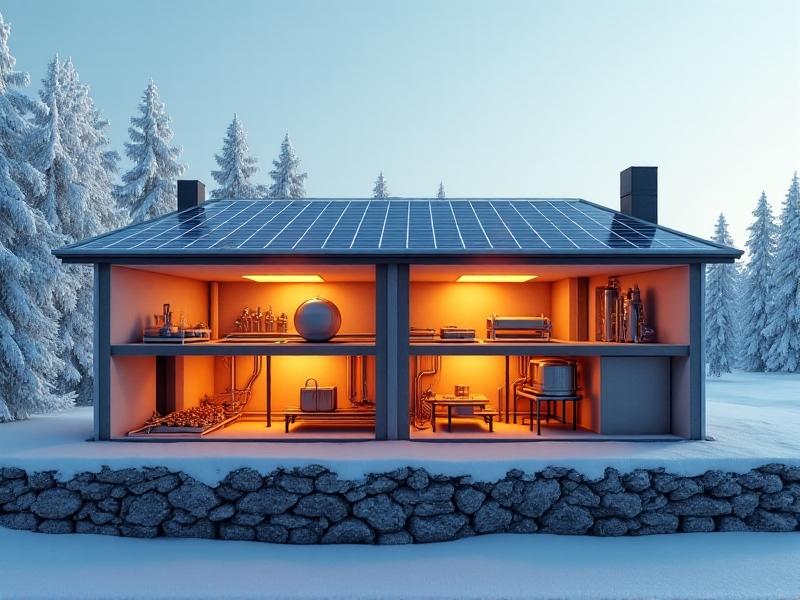
Building a Thermosiphon Solar Water Heater
Thermosiphon systems are ideal for beginners due to their simplicity. Start by constructing a collector: attach copper tubing to a black-painted metal plate and cover it with tempered glass. Mount the collector on a south-facing roof or frame angled for optimal sun exposure. Position an insulated storage tank directly above the collector. Connect the two with insulated pipes, ensuring a continuous upward slope to facilitate natural water circulation. As sunlight heats the collector, warm water rises into the tank, displacing cooler water downward. This cycle continues throughout the day, providing a steady supply of hot water without pumps or electricity.
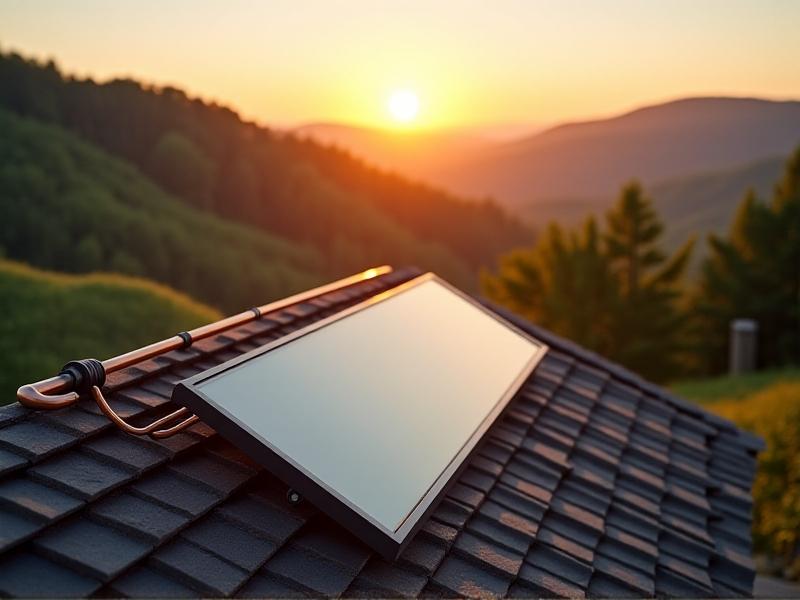
Integrating a Heat Exchanger for Indirect Systems
In climates prone to freezing, indirect systems prevent damage by using antifreeze as the heat-transfer fluid. Here, a heat exchanger—a coiled copper tube inside the storage tank—transfers heat from the antifreeze loop to the household water supply. To build this, run the antifreeze-filled collector pipes through a heat exchanger immersed in the tank. A small pump circulates the antifreeze, activated by a differential controller that compares collector and tank temperatures. This setup adds complexity but ensures year-round operation. Always use food-grade propylene glycol as antifreeze, as it’s non-toxic and safe for potable systems.
Safety Tips and Maintenance Best Practices
Safety starts with proper installation: secure collectors to withstand high winds, and insulate pipes to prevent burns or freezing. Use pressure relief valves to avoid tank overheating. Regularly inspect for leaks, corrosion, or pump malfunctions. Annually flush the system to remove sediment and replenish antifreeze if used. In snowy areas, install collectors at a steeper angle to shed snow. Monitoring temperature gauges helps detect inefficiencies early. While DIY systems are robust, proactive maintenance ensures longevity and peak performance.
Cost Analysis: DIY vs. Commercial Systems
A DIY solar water heater typically costs $500–$2,000, depending on materials and complexity. Commercial systems range from $3,000 to $7,000 installed. While DIY saves upfront costs, factor in time investment and potential trial-and-error. However, repurposing materials—like using an old water tank or scavenged copper—can slash expenses. Over a 10-year period, DIY systems often pay for themselves in energy savings, whereas commercial units may take longer. Tax incentives or rebates for renewable energy installations can further offset costs, making DIY an economically sound choice.
Legal and Permit Considerations
Before building, check local codes for solar installations. Many regions require permits for roof-mounted systems, especially if modifying structural elements. Electrical components in active systems might need inspection. Homeowner associations (HOAs) often have aesthetic guidelines—conceal pipes or use low-profile collectors to comply. In some areas, installing renewable energy systems qualifies for property tax exemptions. Researching regulations upfront prevents costly revisions and ensures your project aligns with legal standards.
Real-Life DIY Success Stories
Take inspiration from homeowners like Sarah in Colorado, who built a $900 thermosiphon system that cut her gas bill by 60%. Or Mark in Alaska, who engineered an antifreeze-based active system with evacuated tubes, providing year-round hot water despite subzero temperatures. Online communities like Reddit’s r/SolarDIY showcase innovations, from repurposed refrigerator coils as heat exchangers to smartphone-monitored controllers. These stories prove that with creativity and persistence, DIY solar water heating is achievable—and transformative—in diverse settings.

